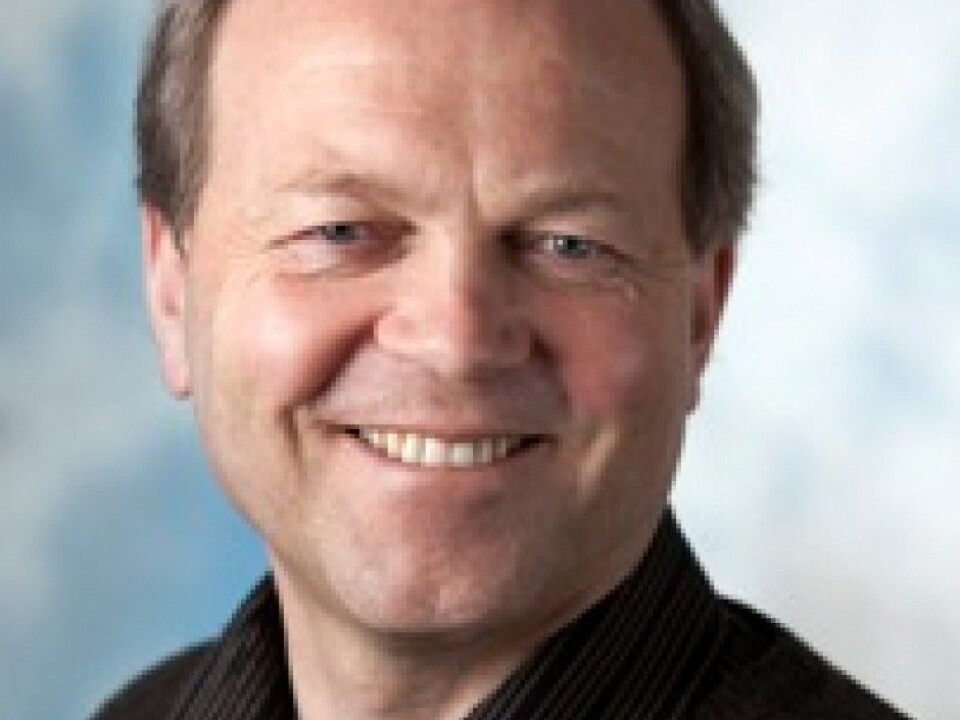
"Stop using the term radicalisation"
A Danish researcher thinks the word has become too stigmatised with politics and ideology to be used any more to study youth who might resort to violence and and acts of terror.
Denne artikkelen er over ti år gammel og kan inneholde utdatert informasjon.
We immediately know what they are talking about when the authorities launch plans of action against radicalisation.
But Steffen Jensen thinks this is problematic.
He is a senior researcher at Aalborg University and lectured this week at the Norwegian independent research organisation Fafo’s seminar on the topic of radicalisation.
“Once radicalisation and extremism become part of the political vocabulary it gets impossible to use these words to describe reality,” says Jensen.

The concept of radicalisation is gaining sway in all directions and it affects the way we think about security and, for instance, how we worry about the current refugee situation in the Nordic countries and beyond.
“This is why it needs to be discarded,” he says.
Impacted by the fight against terrorism
The concept of radicalisation appears to have cemented as a political concept when used by the EU Commission after the bombings in London in 2005.
“All European politicians realised that terrorism is not just something coming from the outside, but that it can crop up among our own citizens,” write researchers Tore Bjørgo and Ingvild Magnæs Gjelsvik in their report on prevention of radicalization and violent extremism, which was published earlier this year.

The need was seen to react to what were designated as undemocratic attitudes, which often ended up in violence if nothing was done to curb them.
Jensen thinks we cannot understand radicalisation, extremism or terrorism without comprehending that these are parts of a larger political picture.
Nobody is radical full-time
The Norwegian Police Security Service (PST) defines radicalisation as “a process in which a person increasingly accepts the use of violence as a political goal”. They share this definition with a host of researchers.
The theory behind it, the so-called phase theory, suggests there is a “point of no return”, and the idea is that the sooner the brakes are applied in this process the easier it is to bring it to a halt.
“But a radicalisation process is never irrevocable. These individuals are constantly considering and reconsidering what they are doing. In other words, nobody is radical all the time,” says Jensen.
A matter of mobilising youth
Jensen has conducted research on the political organisation of violent youth in a number of countries. On the basis of this research he has concluded that it would be best to discard the radicalisation concept and replace it with an alternative term – mobilisation.
Jensen views the latter as a more neutral concept that encompasses several of the motivating factors which lead young people to seek violent organisations.
Instead of a linear process in which the young individual becomes increasingly radical, Jensen thinks a person engages in a number of rational deliberations and make many choices. The organisations also play a role by offering these young people a place which provides some purpose or meaning.
Jensen thinks this could be especially tempting for a young man who is in the throes of a masculinity crisis.
“While men still dominate politics, culture and the economy, we see a mounting number of men who cannot live up to the demands of being a man. This is exploited by the organisations,” says Jensen.
After a while the young people’s relationship to the state and the authorities has a big impact on whether they get mobilised to violence and extreme actions.
“The decisive factor point is not whether they are for or against the state; it’s how the state reacts to them. The more it reacts the stronger the organisation or group becomes,” claims Jensen.
Hang on to social concepts
Tore Bjørgo, a professor at the Norwegian Police University College in Oslo, has also researched terrorism and extremism for years and still uses the term radicalisation.
He agrees that the term is used too inaccurately by politicians, journalists and researchers.
“However, because it has become so well entrenched in the public discourse, researchers cannot avoid the terminology but preferably they can handle it in a more precise way,” says Bjørgo.
In Bjørgo’s opinion, the radicalisation concept covers two processes:
One is what happens with the values and attitudes of a person – the radicalisation. The other process entails changes in behaviour – actually engaging in violent acts, which is called participation.
It can vary from case to case as to which comes first.
Some become radicalised first and eventually take part in acts of violence. Others participate in violence but are only superficially radicalised, whereas others again are radicalised without resorting to violence.
Bjørgo is not so keen on exchanging the radicalisation concept with mobilisation:
“Mobilisation would only cover the part of the concept related to participation, and not the attitudes. If radicalisation is used precisely it is a meaningful term,” says Bjørgo.
-------------------------------
Read this article in Norwegian at forskning.no
Translated by: Glenn Ostling






























